Besides our different larger project we also have smaller projects or papers going on, which we will discuss in this category.
Category: Other projects
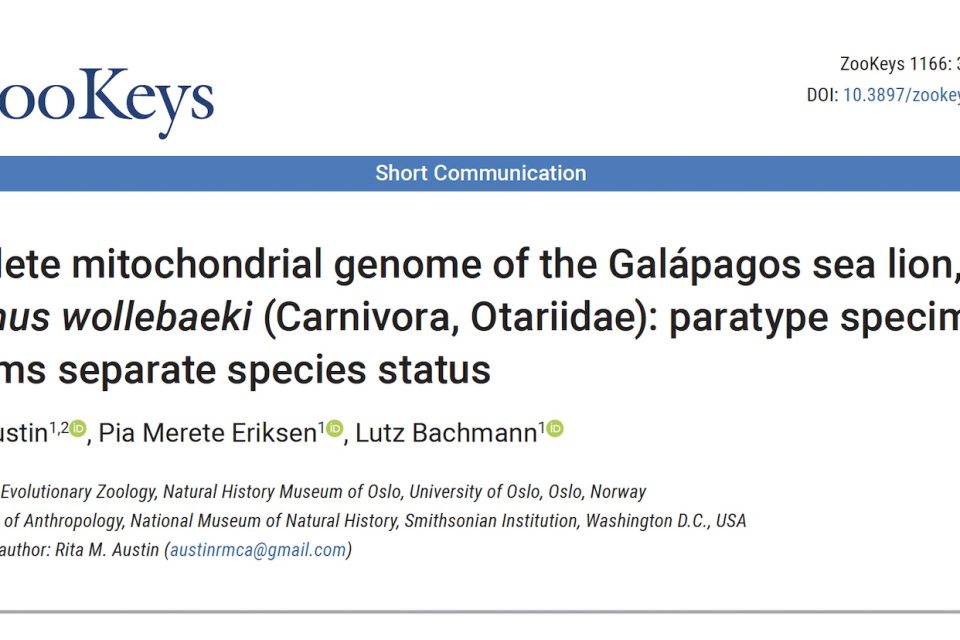
Internships – an exciting opportunity for a hands-on way into science
The curriculum of academic studies is usually brimming with lectures, seminars and courses that aim at an efficient transfer of detailed knowledge. This is particularly true at the Bachelor level in Biology, that aims to provide a broad overview of many different disciplines in the field as the […]
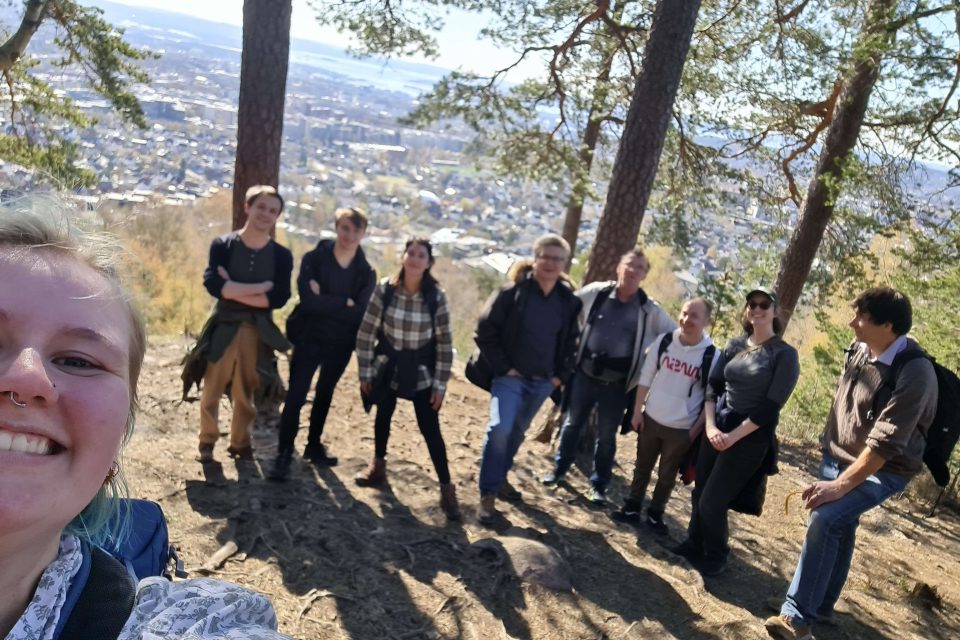
Spring fun for FEZ!
To celebrate the wave of sunny weather here in Oslo, members of the FEZ group decided to go on a sunny spring hike up Grefsenkollen together. At the top we were greeted by a fantastic view of Oslo and the fjord, great food from the Grefsenkollen restaurant, and […]

The mitochondrial gene order of Annelida – extremely old, but still working
Mitochondria are the energy plant of our cells. Originally, they were bacteria, but then they were captured by the ancestors of eukaryotes (among others all animals, mushrooms and plants) and used to produce energy for the cell. This is also known as the endosymbiotic theory. An inheritance from […]

Staphylinid beetles, 24 new genetic markers and new insights into their taxonomy – Jørgen’s defence
Yesterday, Jørgen Hansen Starholm defended his Master thesis “Solving phylogenetic relationships within the Rove beetle genus Aleochara (Coleoptera: Staphylinidae) by utilizing a novel approach based on High Throughput Sequencing” successfully. The purpose of the thesis was to infer a phylogeny of Aleochara based on more nuclear markers and […]
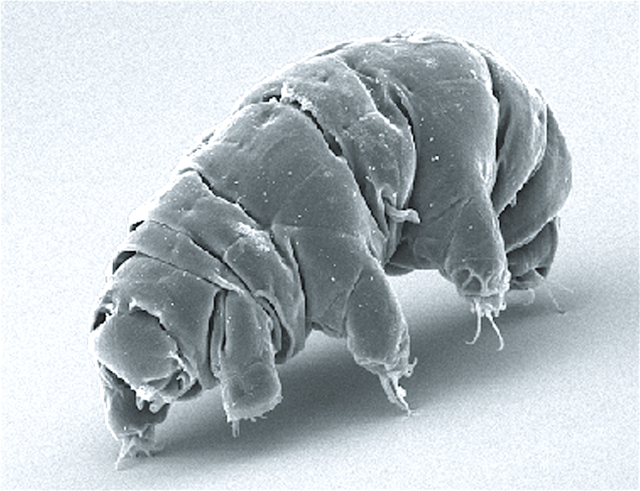
Tardigrades, Public Databases and Science From Your Settee
Last week, as part of a special issue of Zoologica Scripta, I started the year with my first paper – and my first solo effort! “The Wealth of Shared Resources: Improving molecular taxonomy using eDNA and public databases” is a rather portentous title for a pretty simple experiment. […]

The FEZ seminar series 2022 – a review
Keeping up with the literature and scientific discussions with colleagues in order to develop new ideas and projects and to reflect on old ones are important parts in the academic daily routines. The FEZ group runs together with colleagues from the SERG and EPA research groups at the […]
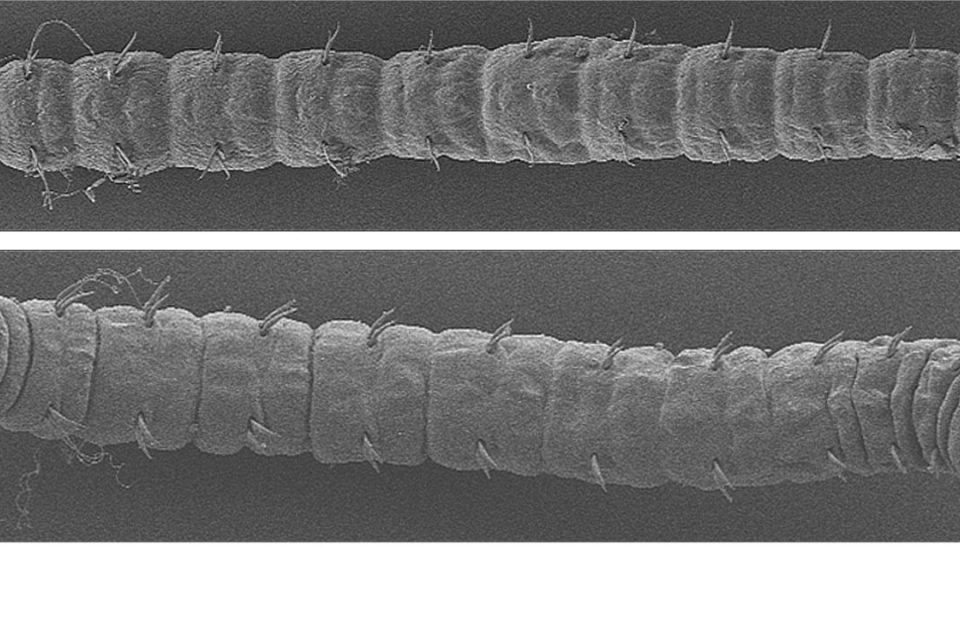
Group of the month: Parergodrilidae (Annelida)
This month’s ”Group of the month” is a bit of shameless self-promotion. I will present an animal group today, where we conduct quite a lot of research on. However, it is nonetheless really interesting and worth to learn more about it. The family Parergodrilidae belongs to the annelids […]
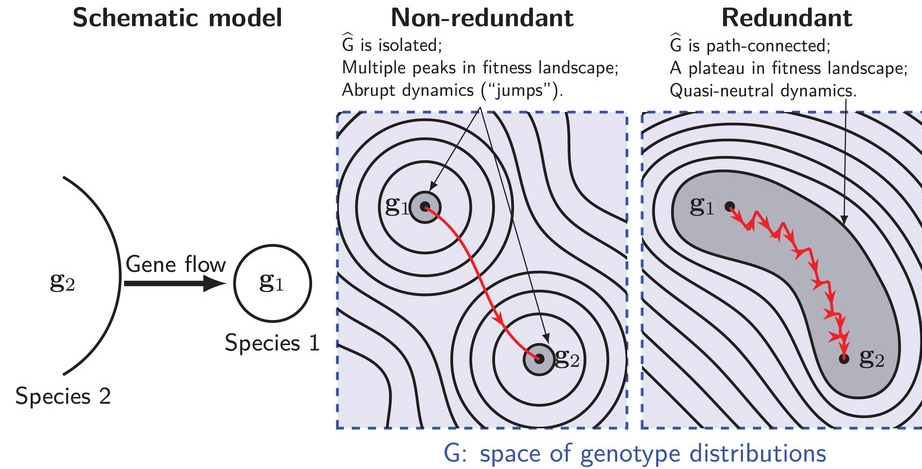
Door 11: How can hybrid incompatibility collapse enlighten hypotheses about stasis?
Today, I would like to present to the paper by Tianzhu Xiong and James Mallet about “On the impermanence of species: The collapse of genetic incompatibilities in hybridizing populations” in Evolution. The topic of the paper is not my area of research, which are deep level phylogeny, evolutionary […]

Door 3: How stable can a genome be?
The answer to this question may lay in the paper I am presenting today and at some level genomes seem to be very stable. It was probably one of the most discussed papers at the museum this year. It was the topic of several journal clubs and shows […]

Do we need to lobby more for invertebrate taxonomy and biodiversity?
Spiders, insects and even more so worms and wormlike invertebrates are often considered ugly and disgusting, at least unappealing, and sometimes even dangerous. Certainly, there is also beautiful invertebrates such as e.g., butterflies, beetles, dragonflies, or some sea slugs, but usually invertebrates appeal little to our understanding of […]